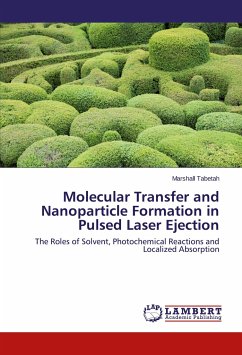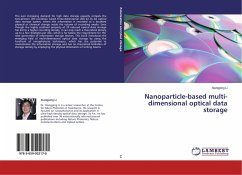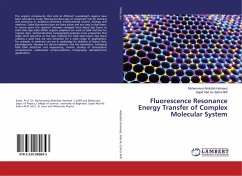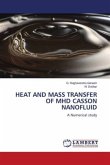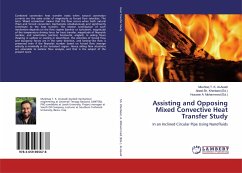The matrix-assisted pulsed laser evaporation (MAPLE) technique has enabled the deposition of high-quality thin organic, bioorganic, and composite films that are used in applications ranging from optoelectronics and sensing to nanomedicine. In MAPLE, the to-be-deposited material is desorbed by the matrix (a solvent) in a process known as explosive boiling. However, the high solvent content ( 95 wt%) in the target has reportedly resulted in solvent effects on the deposited film; and rapid heating of the solvent to explosive boiling temperatures downplays the control over the growth of nanostructures that are formed in the target. This book describes computational investigations performed by the author on the laser-irradiation of two MAPLE targets. In one scenario that models a lysozyme-water system, the ejection of intact biomolecules is driven by low solvent content (5-10 wt%). In another scenario that models the generation of palladium nanoparticles (NPs) from a target with 95 wt% water, the NPs are ejected without active boiling of water. The computational investigations are based on coarse-grained molecular dynamic simulations of the laser interaction with the target.

